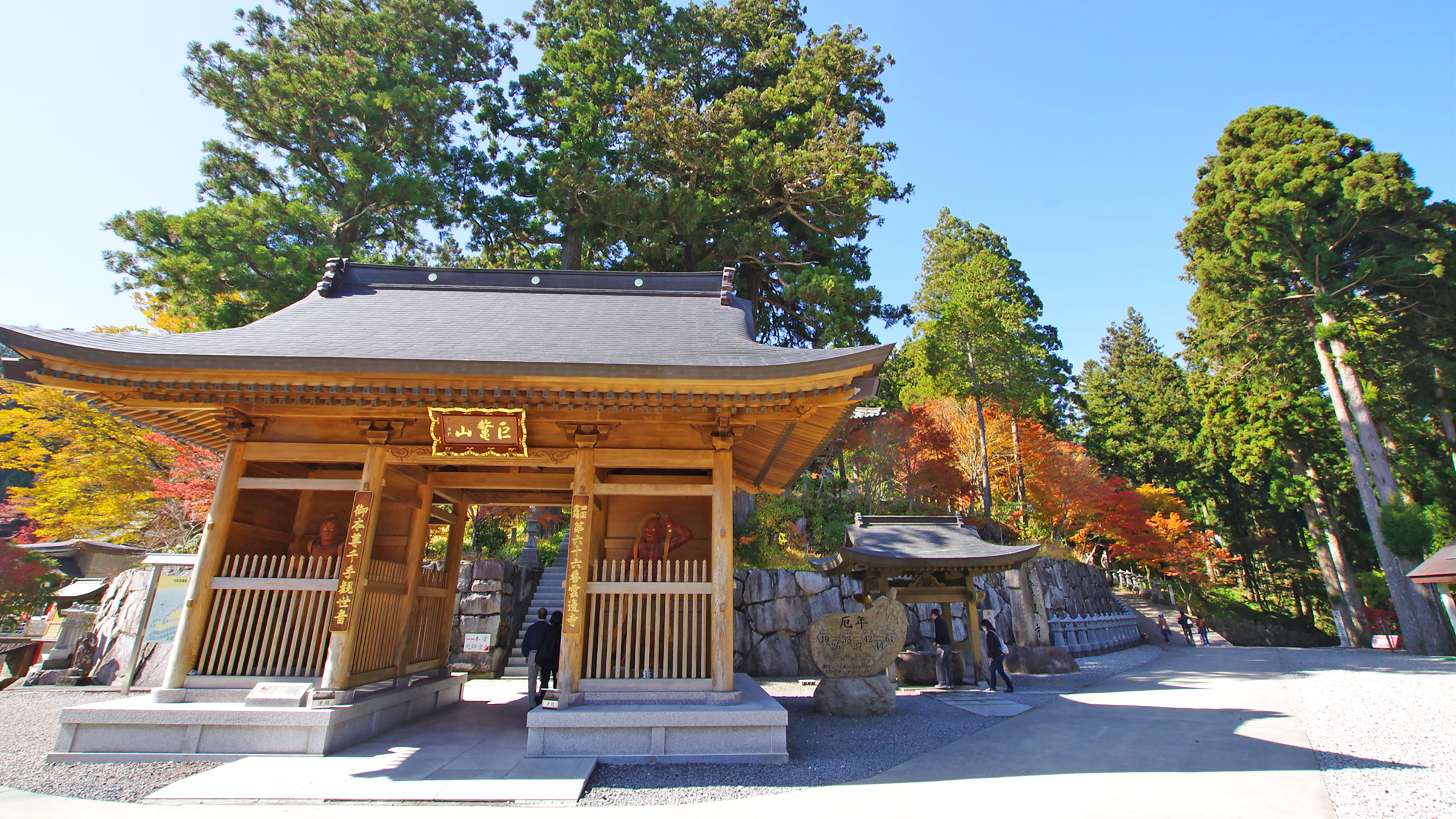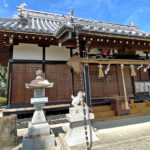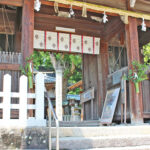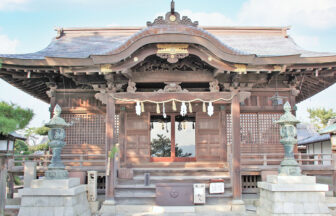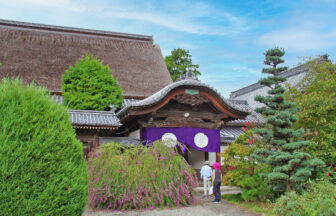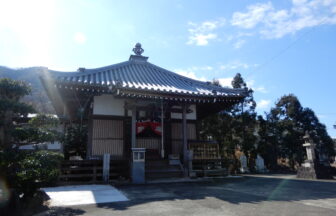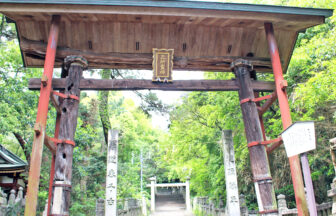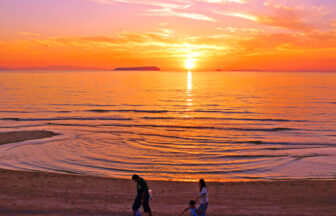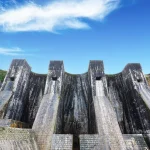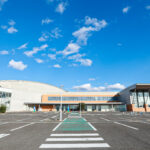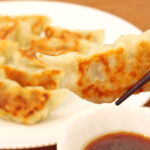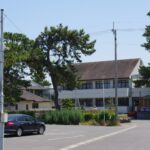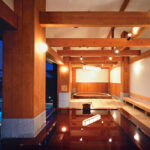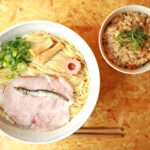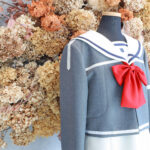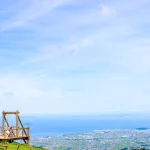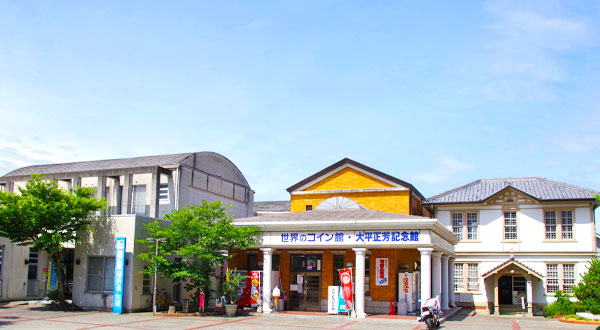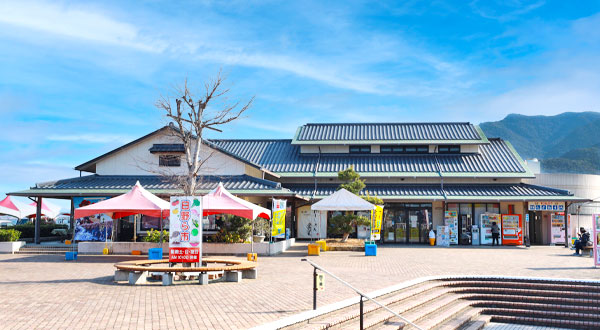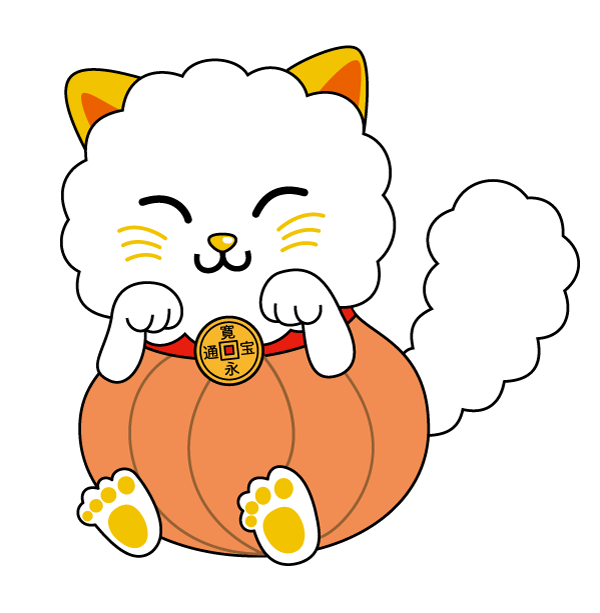The 66th temple, Kyogozan Senjuin Unpenji, is located on Mt. Unpenji (927 m above sea level) in the Asan Mountain Range, the highest peak in the Shikoku Sacred Sites, and was once considered a difficult place to climb, called “henro korogashi”. Unpenji Ropeway Unpenji Temple has a history of approximately 1,200 years, and the principal image of the temple is a hidden statue of “Senju Kannon Bosatsu (Thousand-armed Kannon),” said to have been carved by Kobo Daishi. The temple is also famous for its beautiful scenery, with hydrangeas in early summer, autumn leaves in fall, and snowy landscapes in winter, all of which bring joy to visitors.
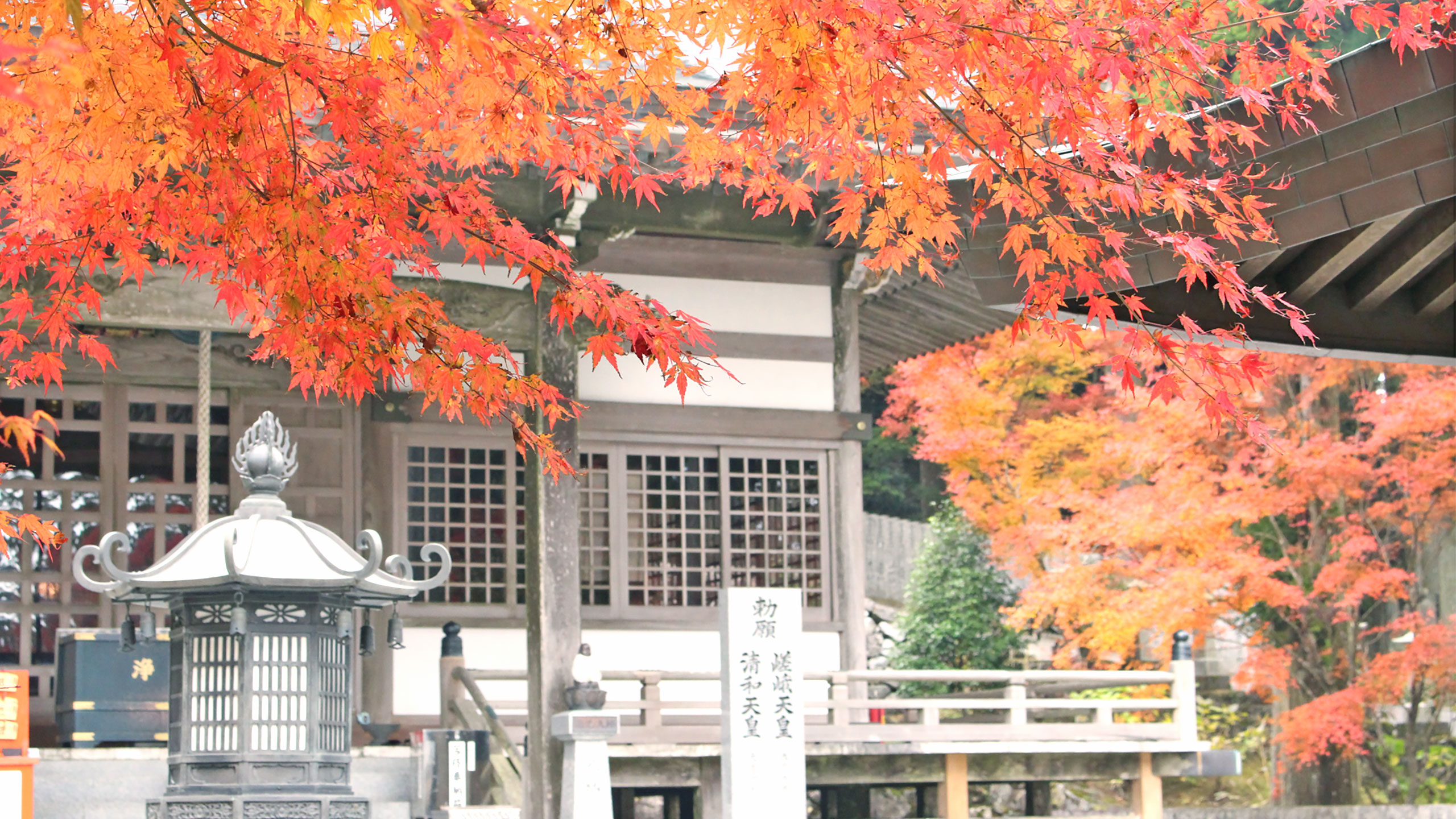
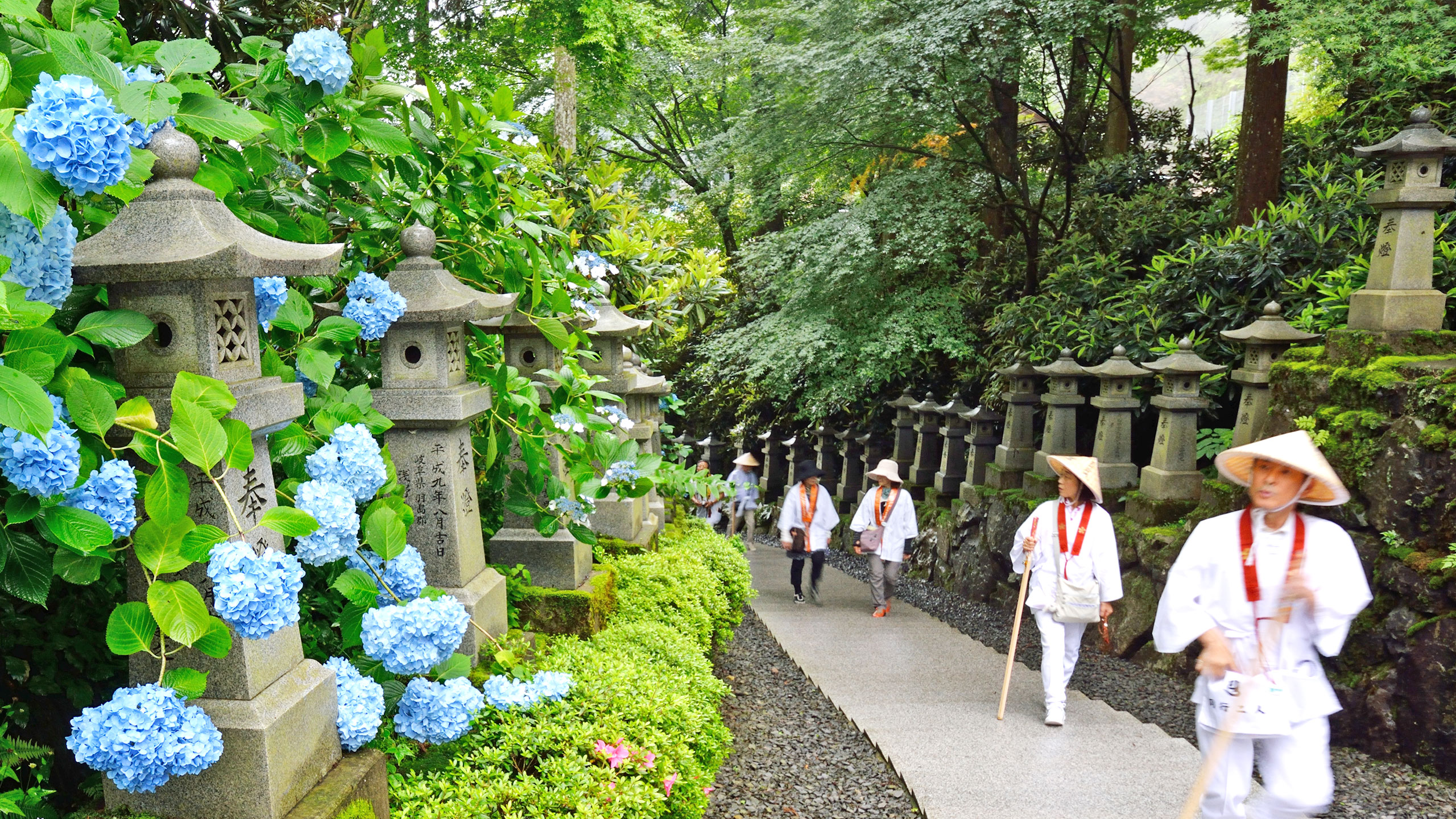
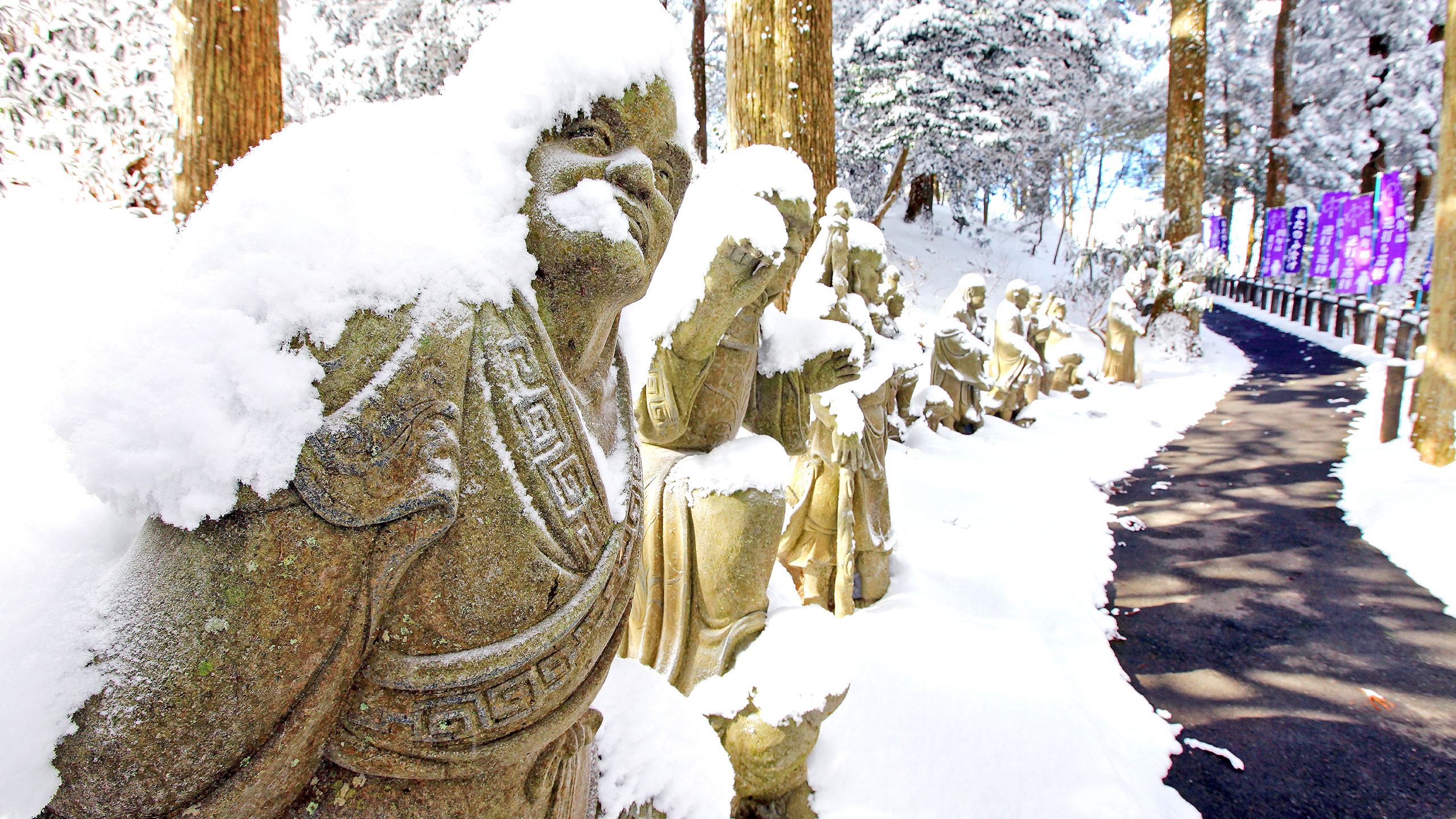
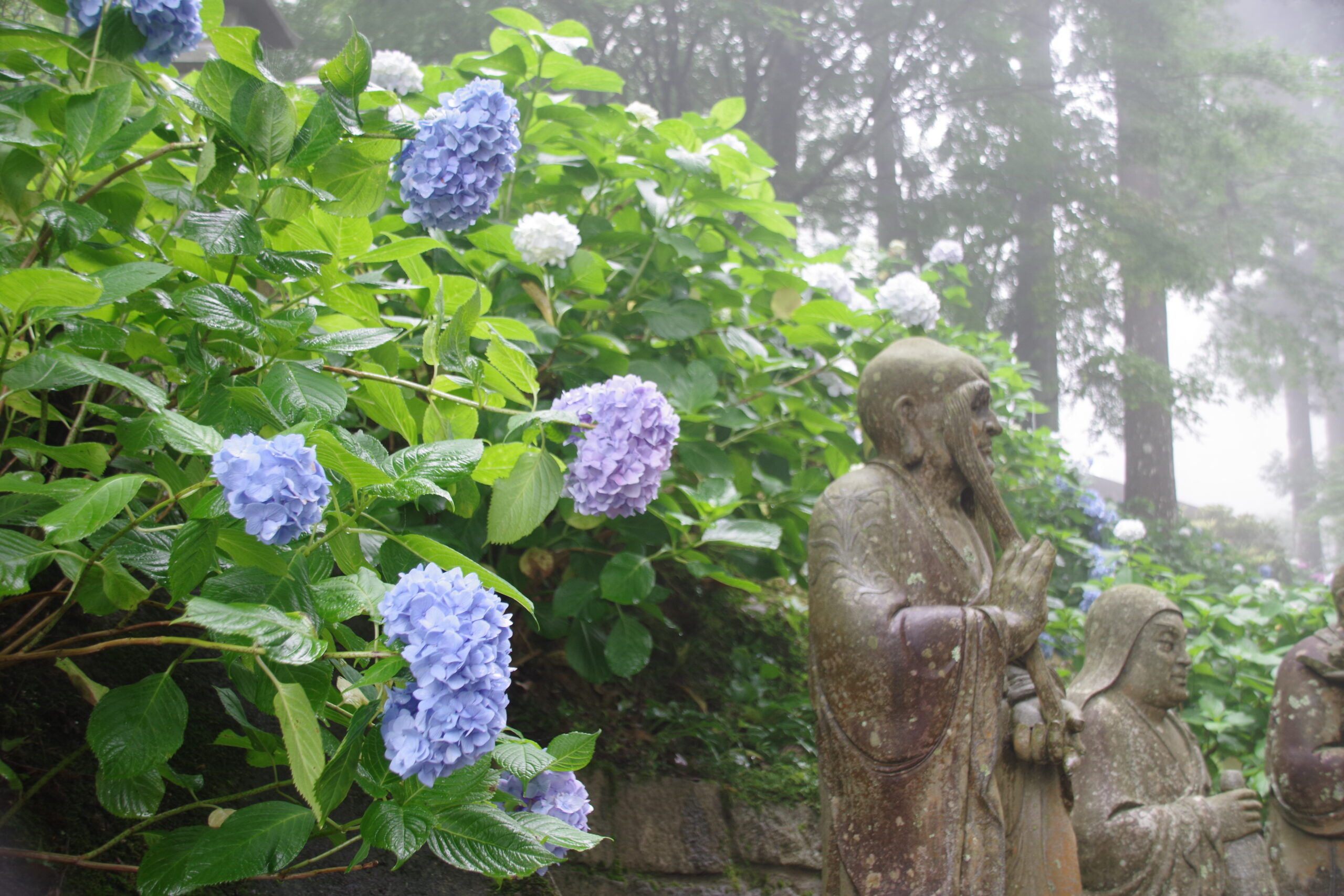

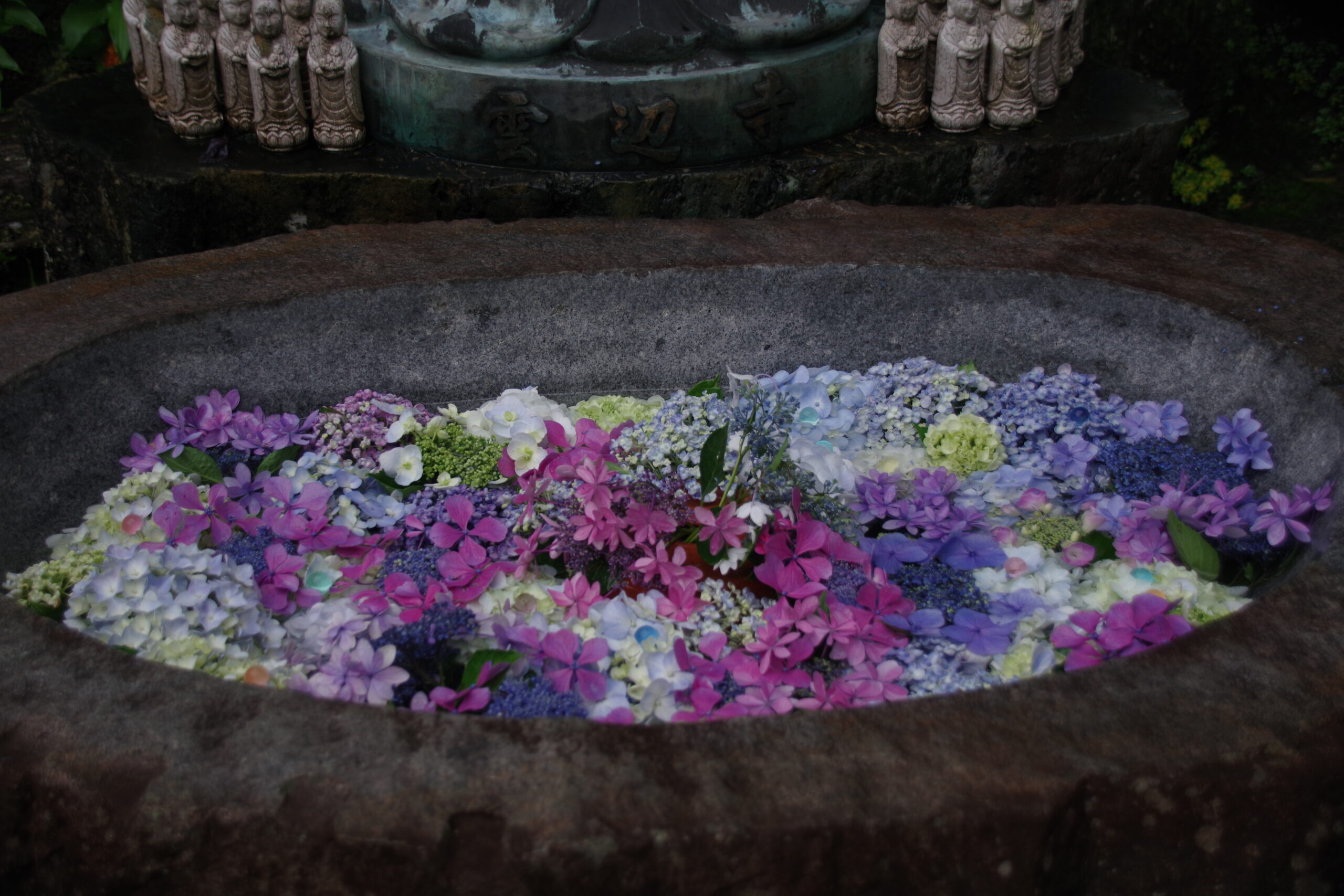

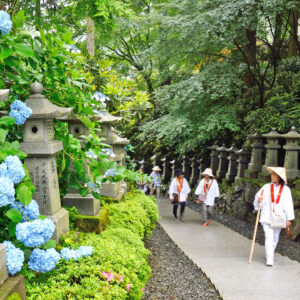
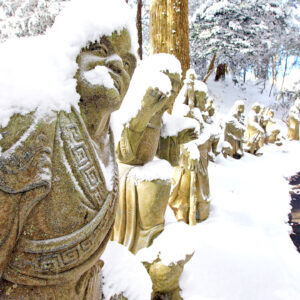
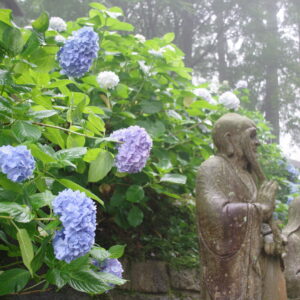
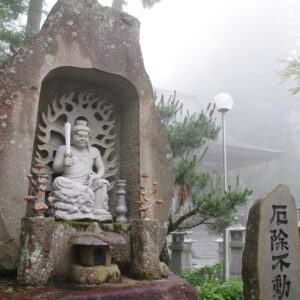
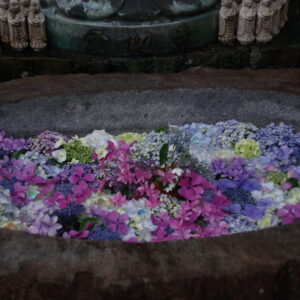
| address | 7632 Shirachi, Norouchi, Ikeda-cho, Miyoshi City, Tokushima Prefecture 778-5251 |
|---|---|
| map | |
| car | Approximately 20 minutes (10 km) by car from the Onohara IC of the Takamatsu Expressway |
| train | Approximately 24 minutes by cab from JR Kannonji Station (12 km) |
| pubric bus | Take the Pubric Bus Gogo Takamuro Line from JR Kanonji Station and tell the driver that you want to go to Unpenji Ropeway. Get off at the Tanigami (Education Center) bus stop and follow the signs. |
| mountain trail | From JR Kannonji Station, take the Pubric Bus Awai-Himehama Line and get off at the Taniguchi (Okutani) bus stop. The pilgrimage route to Unpenji is approximately 4 km. |
| contact us | Unpenji Temple |
- History and Origin of Unpenji Temple
- Places of interest
Shikoku 88 Sacred Sites, No. 1 in Kagawa Prefecture
Although its address is in Tokushima Prefecture, as a sacred site, it is the beginning of the Sanuki strike, so to speak, and is a “barrier temple. According to a legend, Kobo-Daishi ascended Unpen-ji three times. The first time was in Enryaku 8, when Kobo-Daishi was 16 years old, in search of building materials for Zentsuji Temple (No. 75). This is said to be the founding of Unpen-ji.
In the second year of Daido 2, when the monk was 34 years old, he performed the Secret Perfection Ceremony, one of the rituals of Shingon esoteric Buddhism, using treasures imported from Tang China. In the 9th year of Konin (at the age of 45), the Daishi ascended the mountain in accordance with the word of Emperor Saga, carved the main image of the Buddha, and dedicated seven offerings to the seven Buddhas, including the Buddha’s relics and Biroshana-boin (Buddhist image), and designated it as a sacred site.
The sacred site, commonly called “Shikoku-bo” became a place of study and training for monks who traveled from all over Shikoku, and prospered under the name of “Shikoku Koya”. During the Jokan period (859-77), the temple was also an Imperial Temple of Emperor Seiwa.
In the Kamakura period (1185-1333), the temple was built with seven halls and a compound of 12 monasteries and eight branch temples, and is said to have served as a barrier between Awa, Iyo and Sanuki.
During the Tensho period (1573-92), Motochika Chosokabe, a wealthy Tosa lord, camped at Shiraji Castle in this area and visited Unbe-ji Temple, where he looked down from the hill behind the temple to conquer Shikoku, but was advised to change his mind by the priest of the time.
Although Unpen-ji has waxed and waned in its history, in the Edo period (1603-1867), it was under the generous protection of Lord Hachisuka, the feudal lord of Awa. Even today, Unpen-ji Temple is surrounded by a thousand ancient cedars, and the temple guards its Buddhist lanterns under a shroud of clouds.
Unpenji Temple, National Important Cultural Property
A dialogue between Chosokabe Motochika and Toshitaka, the abbot of Unpenji Temple.
Chichi-Icho, Otanomi-nasu
A seat in a secluded corner of the temple grounds.
Bishamonten Observation Hall
Visitors can enjoy a 360-degree view of the four seasons on Mt.
Unpenji Summit Park
There are many good viewing spots such as a photo frame in the sky and swings.

